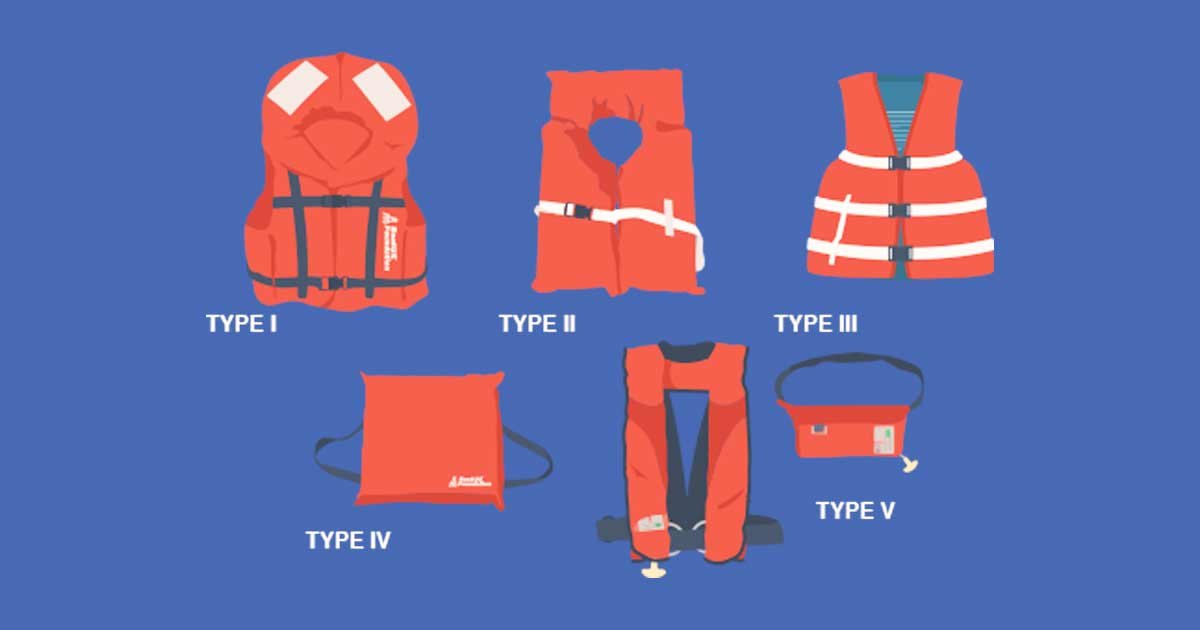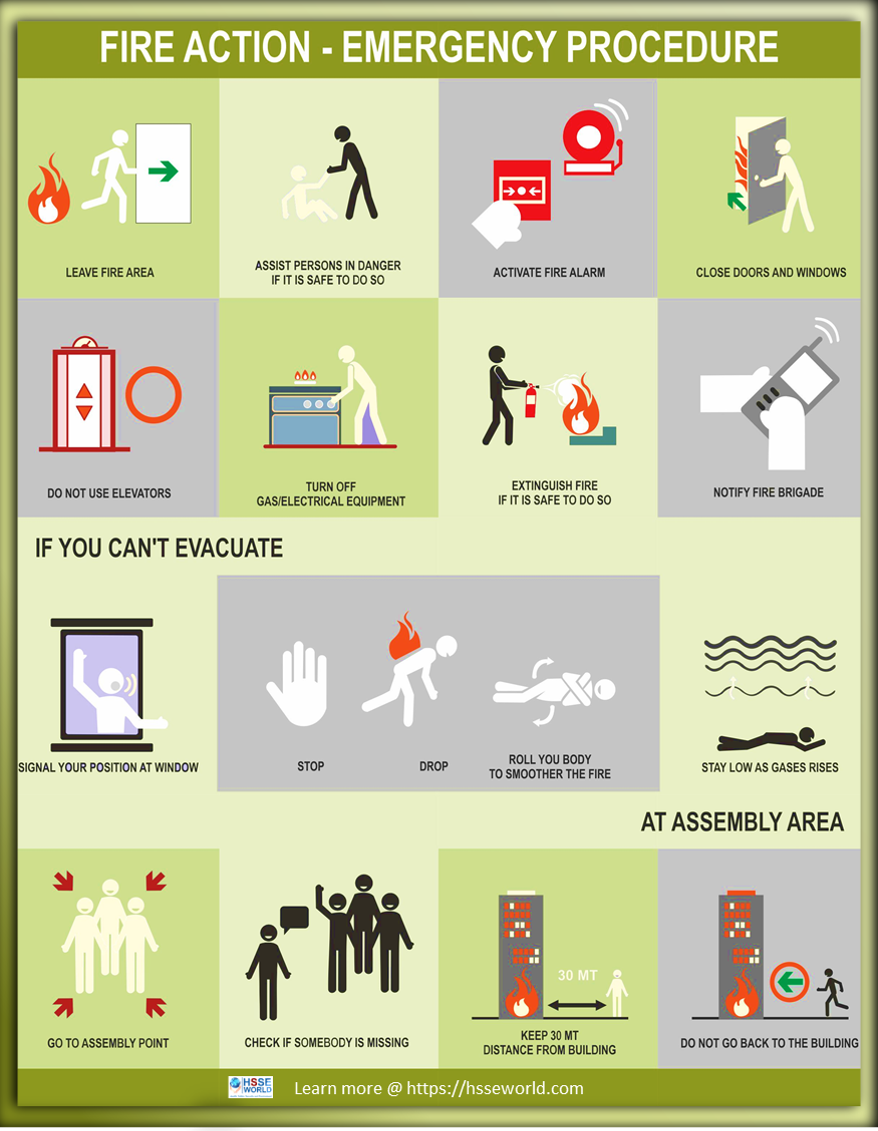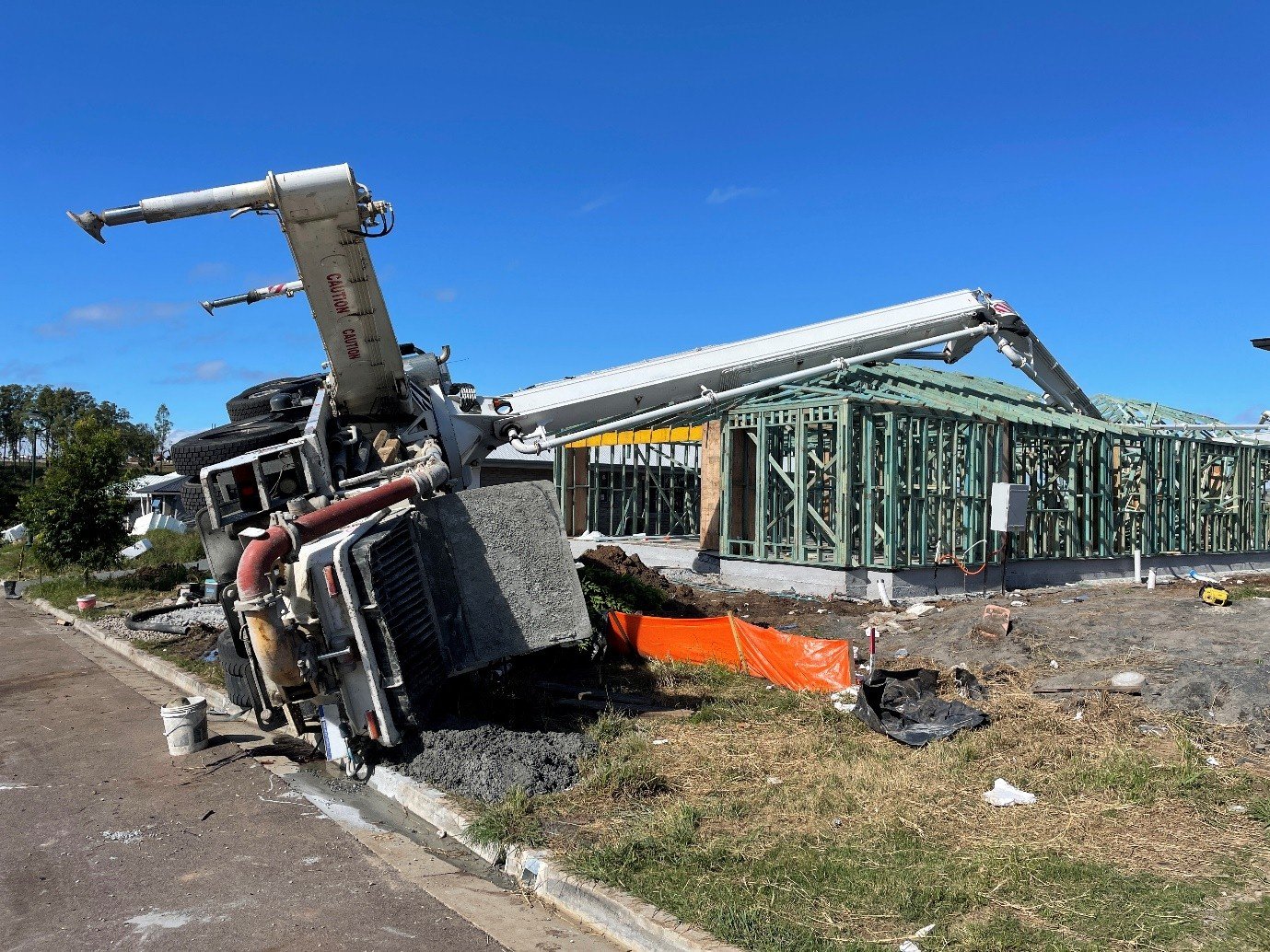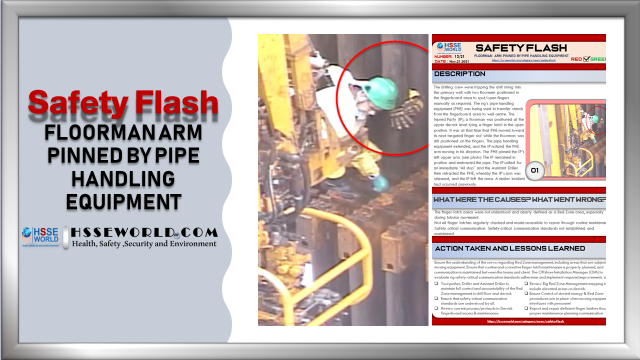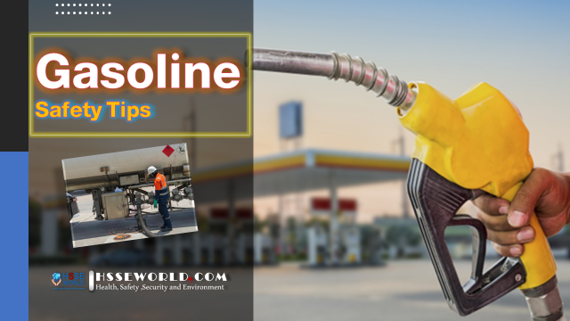Personal flotation devices (PFDs)
[vc_row][vc_column][vc_column_text]Using a personal flotation device (PFD) helps reduce the risk for workers who fall into water or who have to evacuate their vessel in an emergency. Employers are responsible for providing approved PFDs or lifejackets for workers where required.[/vc_column_text][/vc_column][/vc_row][vc_row][vc_column][vc_single_image image=”8102″ img_size=”full” alignment=”center” css=”.vc_custom_1559412956684{margin-top: 2px !important;margin-right: 2px !important;margin-bottom: 2px !important;margin-left: 2px !important;}”][/vc_column][/vc_row][vc_row xt_row_type=”in-container” xt_border_top=”0″ xt_pattern_opacity=”100″][vc_column width=”2/3″][vc_column_text]You must wear an approved PFD or lifejacket when working on the deck of a fishing vessel or in a seine skiff, as there is a risk of drowning. Whatever flotation device you choose should be the right device for the job and should fit and be comfortable to work in while meeting the following requirements:
- Your PFD or lifejacket must provide a minimum buoyancy of 69 Newtons (15.5 pounds).
- If you are working alone, you must wear a self-righting PFD or lifejacket with a minimum of 93 Newtons (21 pounds) of Working alone means you are not in eyesight or earshot of another worker who is in a position to immediately come to your aid if you fall in the water.
[/vc_column_text][/vc_column][vc_column width=”1/3″ css=”.vc_custom_1554362043058{border-left-width: 4px !important;background-color: #ededed !important;border-left-color: #d6d6d6 !important;border-left-style: solid !important;}”][xt_news query_type=”custom” custom_query=”size:3|order_by:date|order:DESC|post_type:post|categories:53″ excerpt_length=”30″][/vc_column][/vc_row][vc_row][vc_column][vc_column_text]
- Check that your device has a permanent label or marking identifying that it meets a standard acceptable to your company.
- To make you easy to spot if you fall overboard, your flotation device must have white or silver retroreflective material fitted on the surfaces that normally remain above the water
- If your PFD or lifejacket is not inherently buoyant, it must be automatically inflatable and must also have a manual inflation system. Manual-only inflatable devices are not
- Wear your auto-inflatable flotation device over your Do not attach anything to it that might prevent it from inflating when needed.
Why are there different requirements for different situations?
A device with a buoyancy rating of 69 Newtons (15.5 pounds) is designed to keep a conscious person’s head above the water.
A device with a 93 Newtons (21 pounds) buoyancy rating is required for working alone because these devices are designed to provide enough support for the head , neck, and chest to turn an unconscious person face up in the water (self-righting).[/vc_column_text][/vc_column][/vc_row][vc_row][vc_column][vc_column_text css=”.vc_custom_1559410888531{border-top-width: 2px !important;border-right-width: 2px !important;border-bottom-width: 2px !important;border-left-width: 2px !important;padding-top: 2px !important;padding-bottom: 2px !important;background-color: #e8e8e8 !important;border-left-color: #df5461 !important;border-left-style: solid !important;border-right-color: #df5461 !important;border-right-style: solid !important;border-top-color: #df5461 !important;border-top-style: solid !important;border-bottom-color: #df5461 !important;border-bottom-style: solid !important;}”]
Wear Your PFD or Lifejacket…..It could save your life!
[/vc_column_text][/vc_column][/vc_row][vc_row][vc_column width=”1/2″][vc_single_image image=”8096″ img_size=”full” alignment=”center” css=”.vc_custom_1559411155085{margin-top: 2px !important;margin-right: 2px !important;margin-bottom: 2px !important;margin-left: 2px !important;}”][vc_column_text]
Harness-type PFD meets the 93 Newtons (21 pounds) requirement and is designed to wear while working.
[/vc_column_text][/vc_column][vc_column width=”1/2″][vc_single_image image=”8095″ img_size=”full” alignment=”center” css=”.vc_custom_1559411217255{margin-top: 2px !important;margin-right: 2px !important;margin-bottom: 2px !important;margin-left: 2px !important;}”][vc_column_text]
Keyhole lifejacket meets both the 93 Newtons (21 pounds) and Transport Canada carriage requirements used for abandoning ship but is not designed to wear while working.
[/vc_column_text][/vc_column][/vc_row][vc_row][vc_column width=”2/3″][vc_column_text]
care and maintenance
What must you do to maintain your flotation device?
- Follow the manufacturer’s instructions for specific care and maintenance requirements.
- Inspect your PFD or lifejacket before you wear it to ensure it is in good condition. Check for:
- Metal or plastic hardware that is broken, deformed, or weakened by corrosion
- Webbing or straps that are ripped, torn, or that have become separated from an attachment point
- Any rotted or deteriorated material that fails when tugged
- Rips, tears, or open seams in fabric or coatings that are large enough to allow the loss of buoyant material
- Buoyant material that has become hardened, non-resilient, permanently compressed, waterlogged, oil-soaked, or that shows evidence of fungus or mildew; or loss of buoyant material or buoyant material that is not securely held in position
[/vc_column_text][/vc_column][vc_column width=”1/3″][vc_single_image image=”8098″ img_size=”full” alignment=”center” css=”.vc_custom_1559411803250{margin-top: 2px !important;margin-right: 2px !important;margin-bottom: 2px !important;margin-left: 2px !important;}”][vc_column_text]
Look after your flotation device so it will keep you afloat when it is needed.
[/vc_column_text][/vc_column][/vc_row][vc_row][vc_column][vc_column_text]
- Report damaged PFDs or lifejackets to your supervisor or vessel master. Damaged PFDs and lifejackets must not be worn
- Properly clean, maintain, and store your PFD or lifejacket:
- Use only a mild soapy solution when cleaning your PFD or lifejacket.
- Never use dry-cleaning, strong detergents, gasoline, or solvents to remove a stain from your PFD or
- Never store your PFD or lifejacket when it is wet; first dry it in the open air, away from sunlight or a direct heat
- When your PFD or lifejacket is not in use, store it in a dry, well- ventilated, easily accessible place on board the
- Record all inspections and maintenance if your PFD or lifejacket is automatically
[/vc_column_text][/vc_column][/vc_row][vc_row][vc_column][vc_column_text]
Selection
Wearing a PFD can save your life if you fall overboard. Your flotation device must be the right device for the job, and should also fit, be comfortable, and allow you to move freely while you work. It must also have a label or permanent marking showing it meets a standard acceptable to your company. The following are some important requirements when choosing a PFD or lifejacket.
Buoyancy rating
- Your PFD or lifejacket must provide a minimum buoyancy of 69 Newtons (15.5 pounds). A buoyancy rating is the amount of
weight a PFD or lifejacket is able to hold up beyond the amount that water naturally supports. Your device’s buoyancy rating must be appropriate for both your weight and the amount of gear and clothing you are likely to have on.
- If you are working alone, you must wear a self-righting PFD or lifejacket with a minimum of 93 Newtons (21 pounds) of Working alone means you are not in eyesight or earshot of another worker who is in a position to immediately come to your aid if you fall in the water.
Size
Your PFD or lifejacket must be the right size for you. If it is too large, it could slide off when you enter the water. Both chest size and weight will determine what size is right. To get the best fit in your PFD or lifejacket:
- Follow the manufacturer’s instructions for putting it on and tightening straps or other It should feel snug but not uncomfortable.
- Next, have someone pull up on the shoulders. If the device moves up past your nose or head, try tightening the straps further. If it still moves up, it is too large.
- To get the best feel and fit, when trying on a PFD or lifejacket wear the clothes you would wear while working.
- If possible, test your PFD or lifejacket in a pool or shallow water to see how it works. If you are familiar with how it works, you are less likely to panic in an
Before you use a new PFD
- Read the manufacturer’s instructions on topics such as proper use, deflating the inflatable after use, rearming and repacking, and specific maintenance, cleaning and
[/vc_column_text][/vc_column][/vc_row][vc_row][vc_column width=”1/2″][vc_single_image image=”8101″ img_size=”full” alignment=”center” css=”.vc_custom_1559412650033{margin-top: 2px !important;margin-right: 2px !important;margin-bottom: 2px !important;margin-left: 2px !important;}”][vc_column_text]
Select an approved flotation device that will keep you afloat and is comfortable to work in.
[/vc_column_text][/vc_column][vc_column width=”1/2″][vc_single_image image=”8100″ img_size=”full” alignment=”center” css=”.vc_custom_1559412699668{margin-top: 2px !important;margin-right: 2px !important;margin-bottom: 2px !important;margin-left: 2px !important;}”][vc_column_text]
Sample Lable for a PFD
[/vc_column_text][/vc_column][/vc_row]

